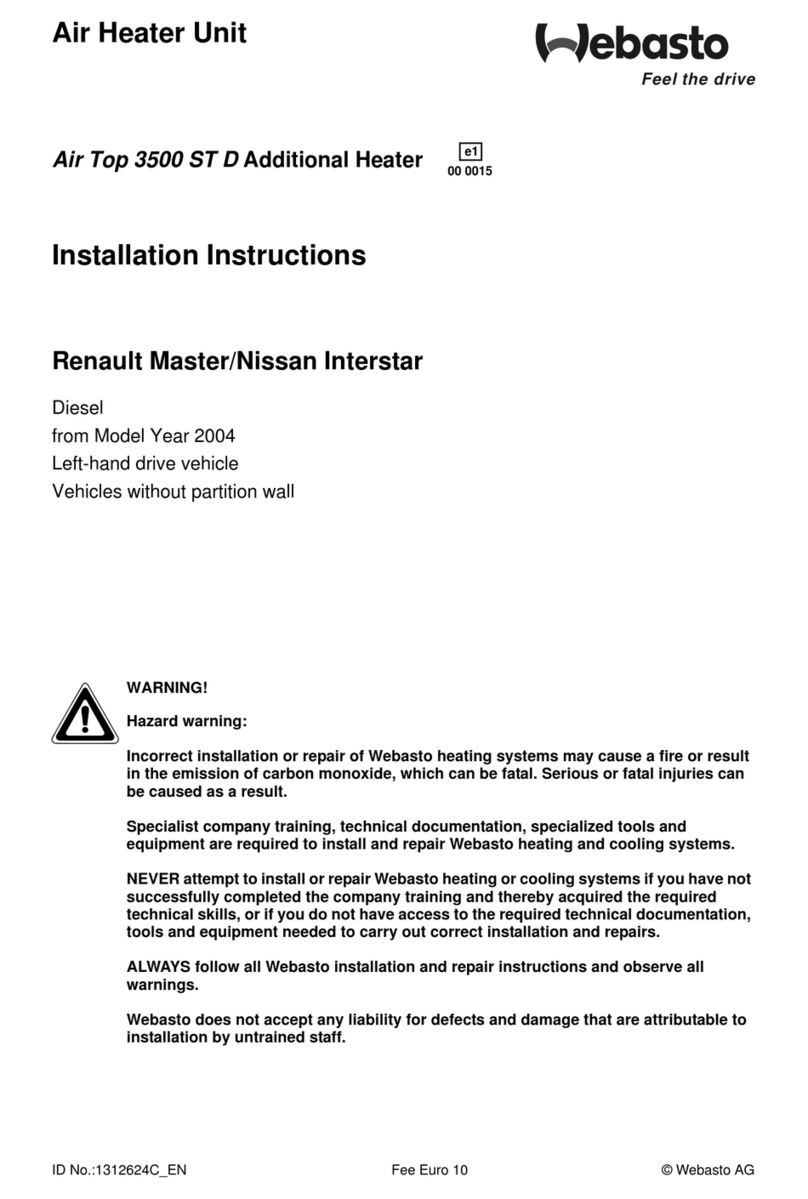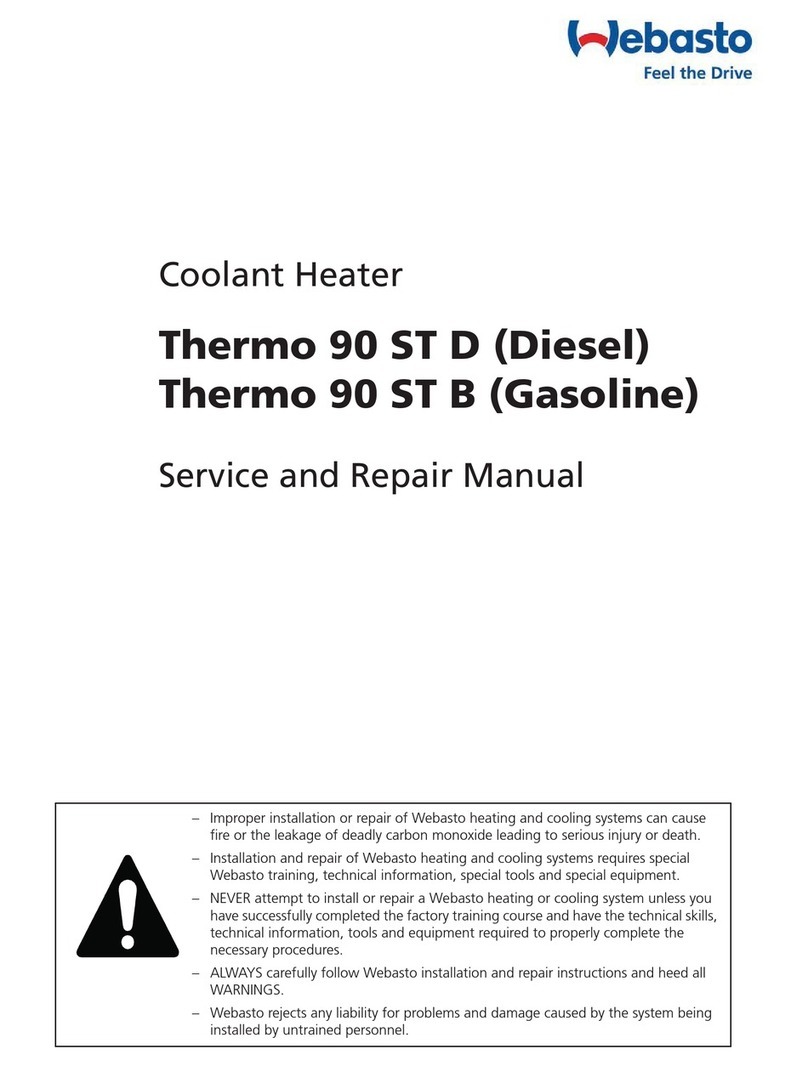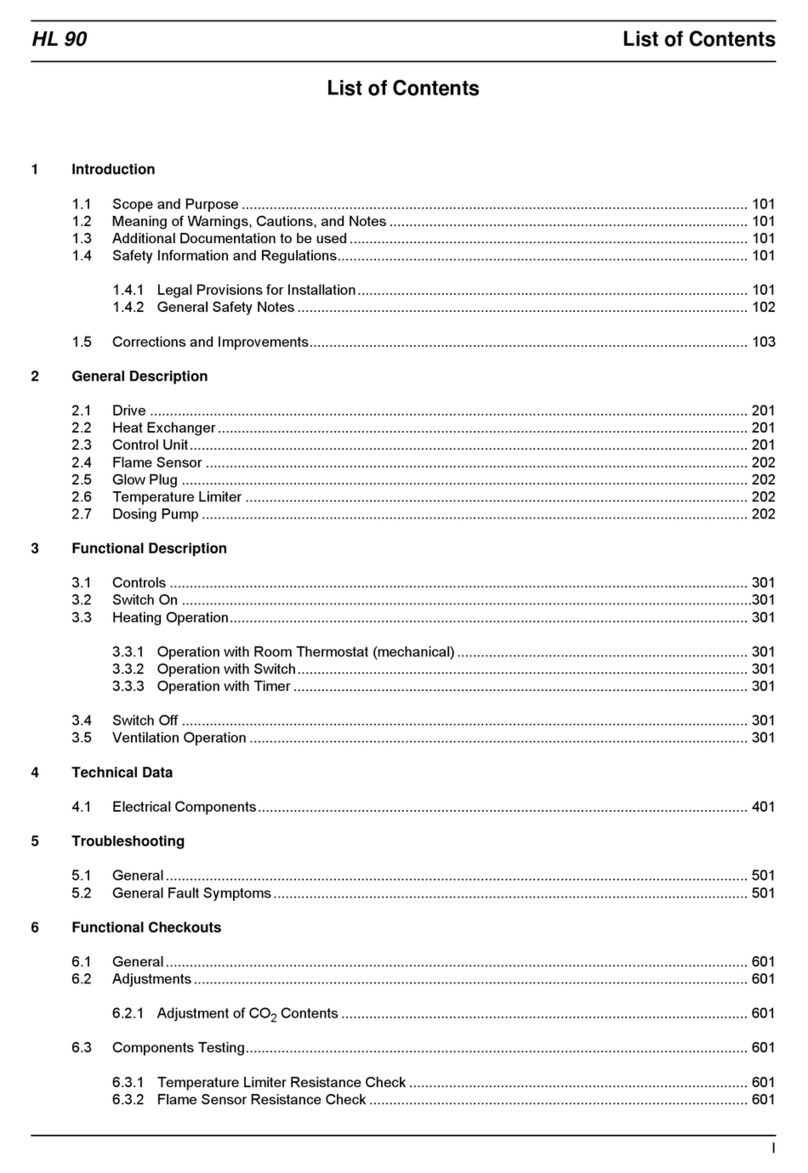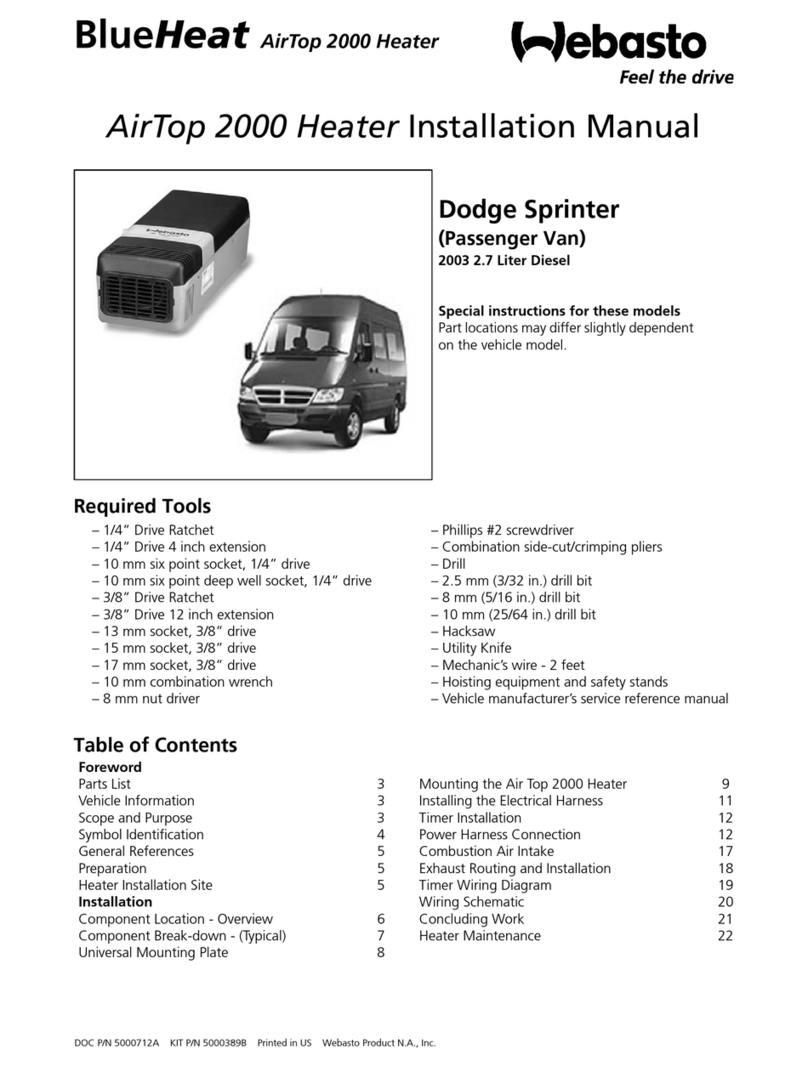Webasto HL30 Instruction manual
Other Webasto Heater manuals
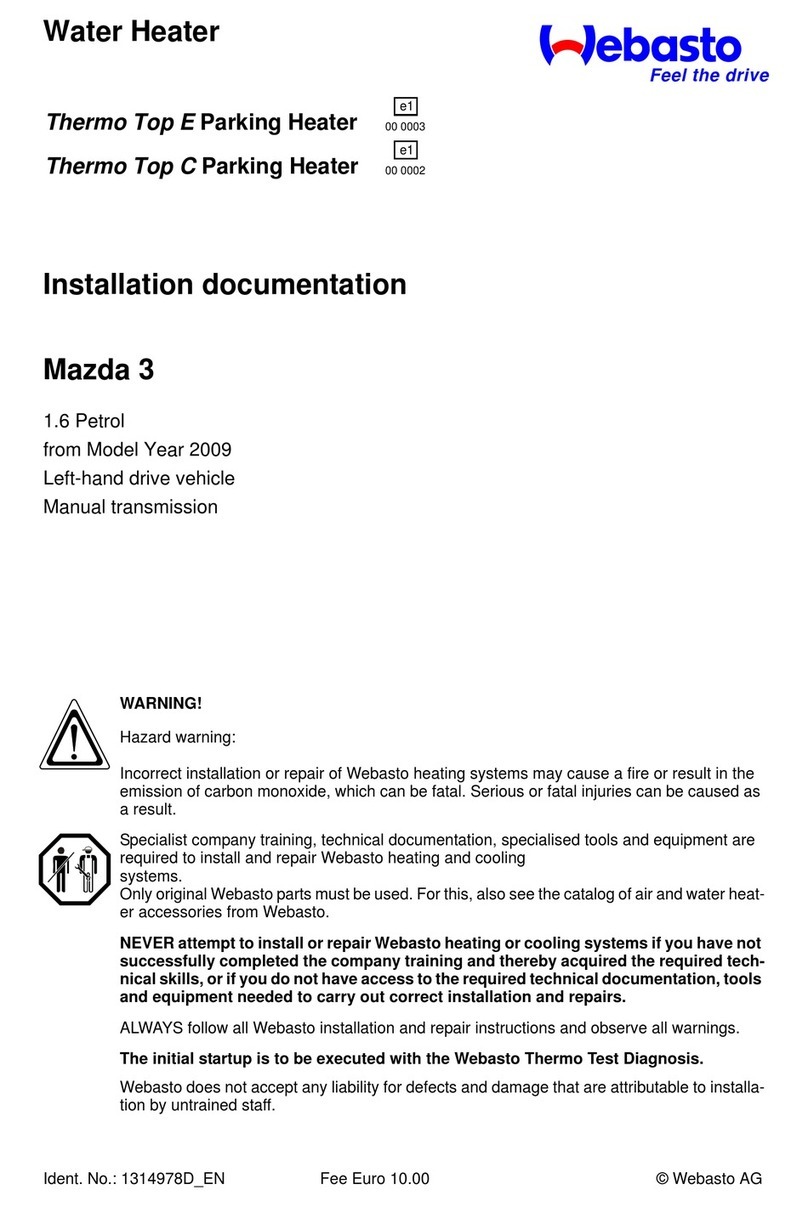
Webasto
Webasto Thermo Top E Operator's manual
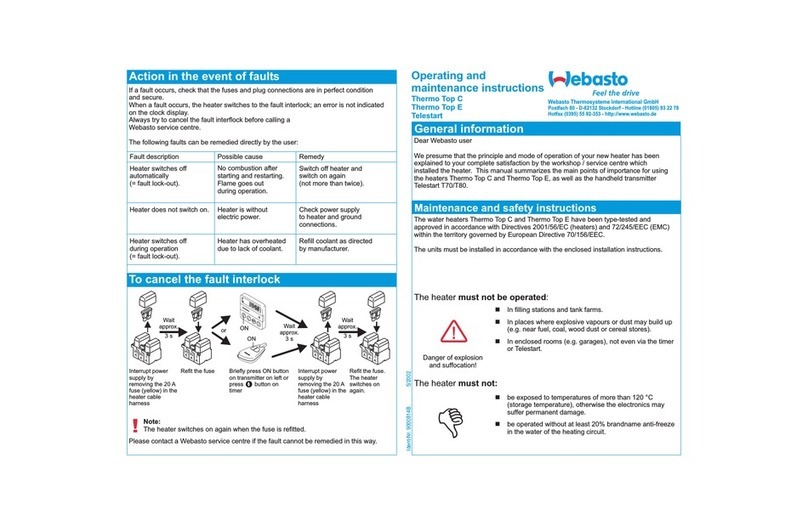
Webasto
Webasto Thermo Top C Manual

Webasto
Webasto DBW 2010 User manual

Webasto
Webasto BlueHeat User manual

Webasto
Webasto Thermo 90 S Manual
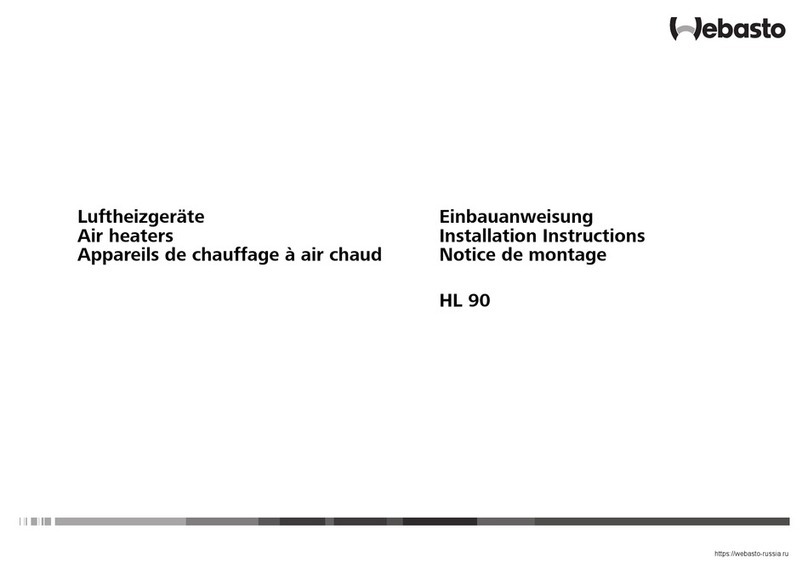
Webasto
Webasto HL 90 User manual
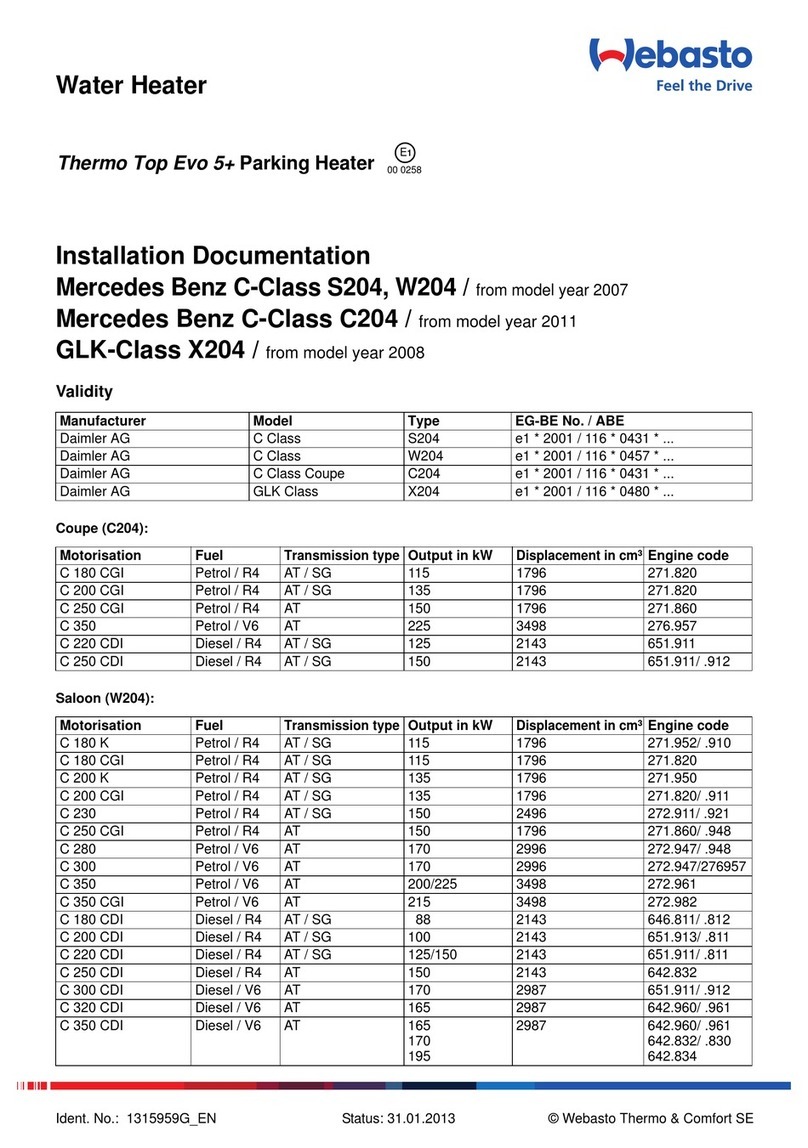
Webasto
Webasto Thermo Top Evo 5+ Operator's manual
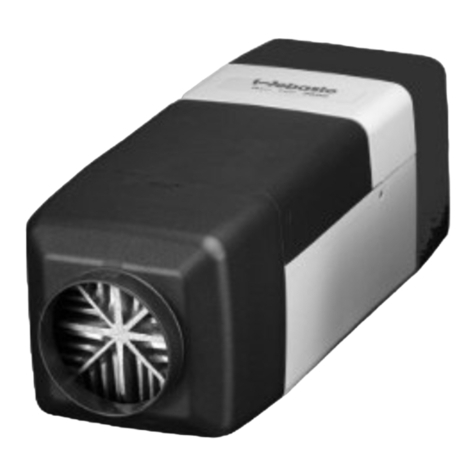
Webasto
Webasto Air Top 3500 ST User manual

Webasto
Webasto Air Top 2000 ST User manual
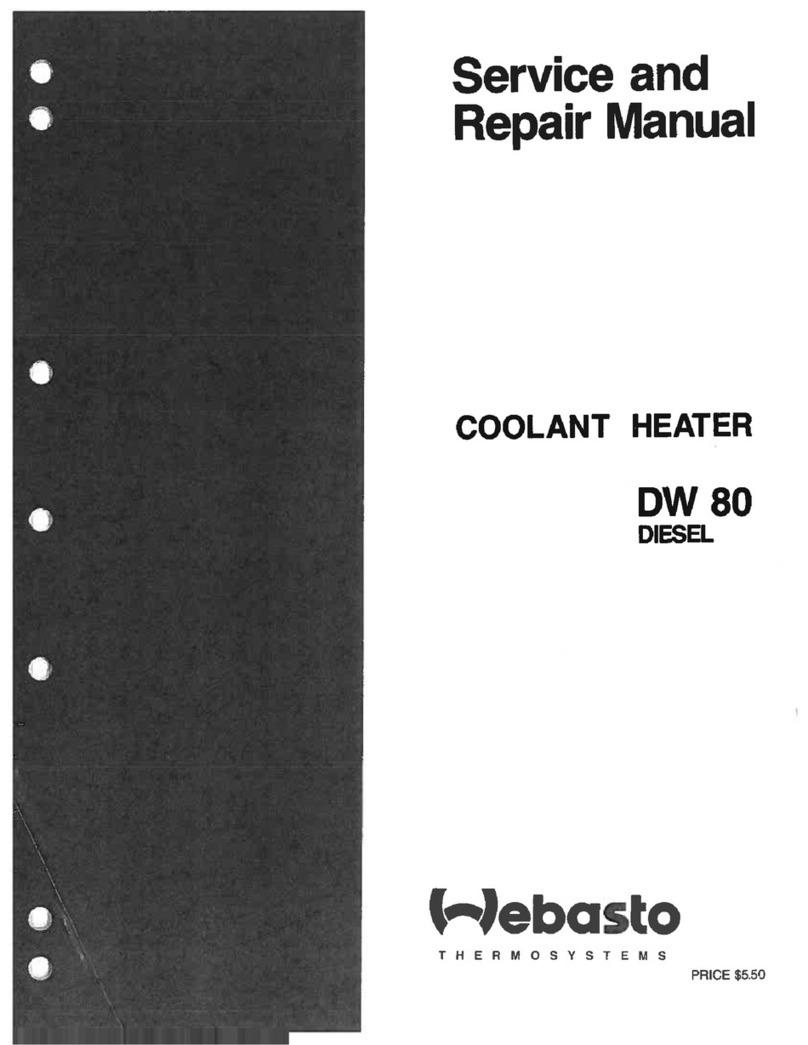
Webasto
Webasto DW 80 Installation and operating manual
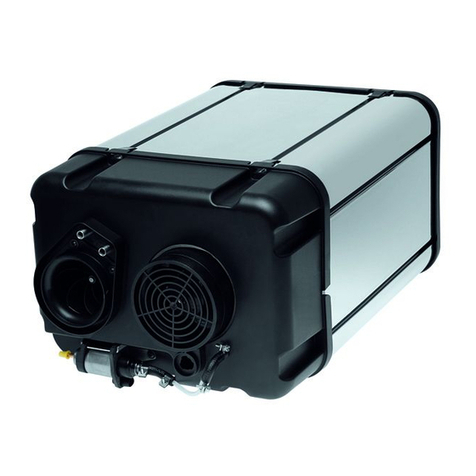
Webasto
Webasto DUAL TOP RHA-100 User manual

Webasto
Webasto Air Top Evo 3900/5500 B User manual
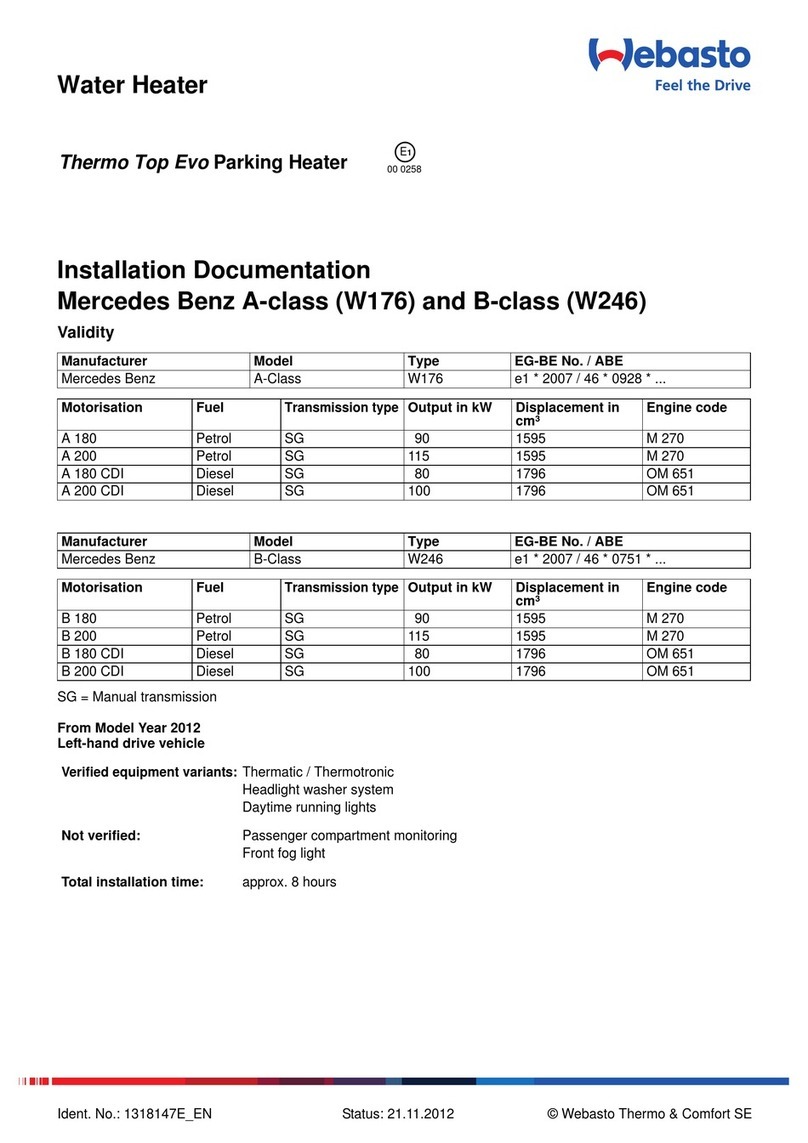
Webasto
Webasto thermo top evo Operator's manual
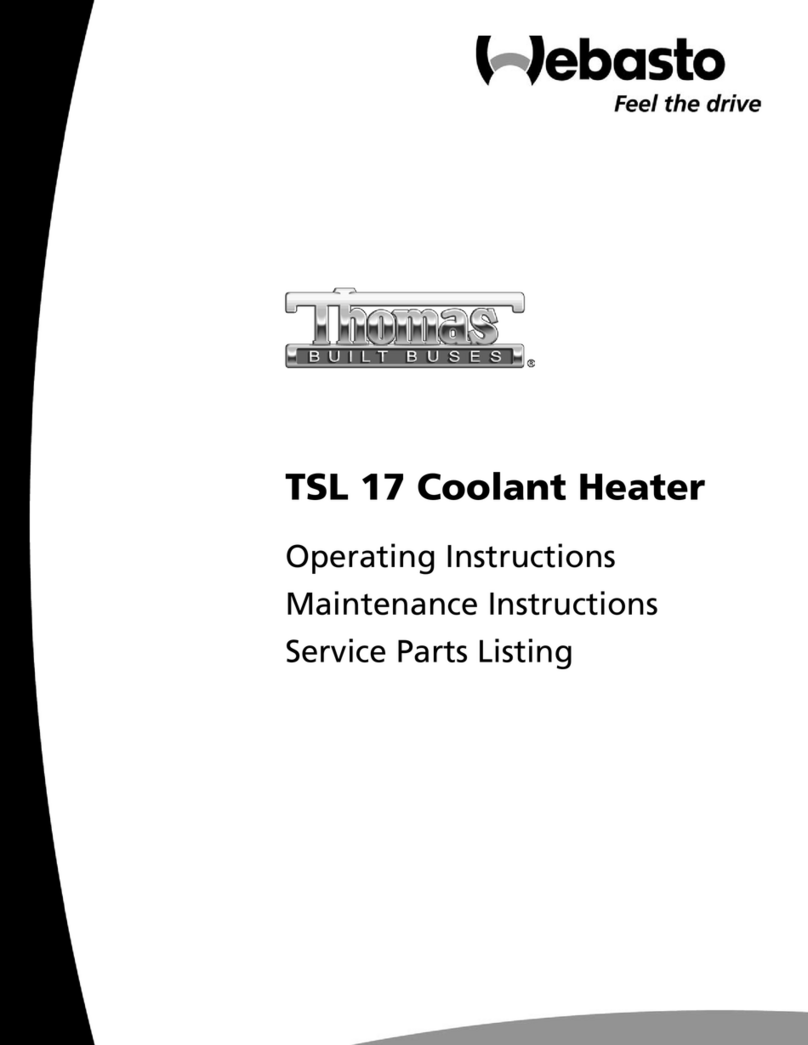
Webasto
Webasto Thomas TSL 17 User manual
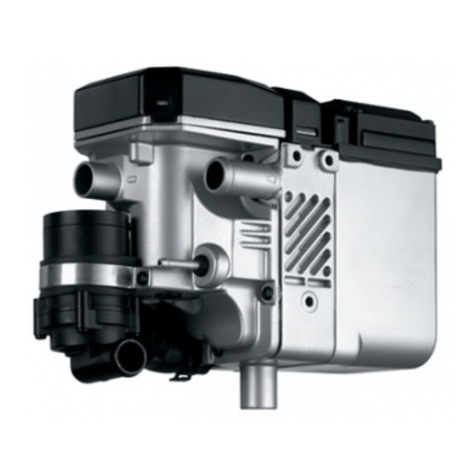
Webasto
Webasto Thermo Top C User manual

Webasto
Webasto BlueHeat User manual
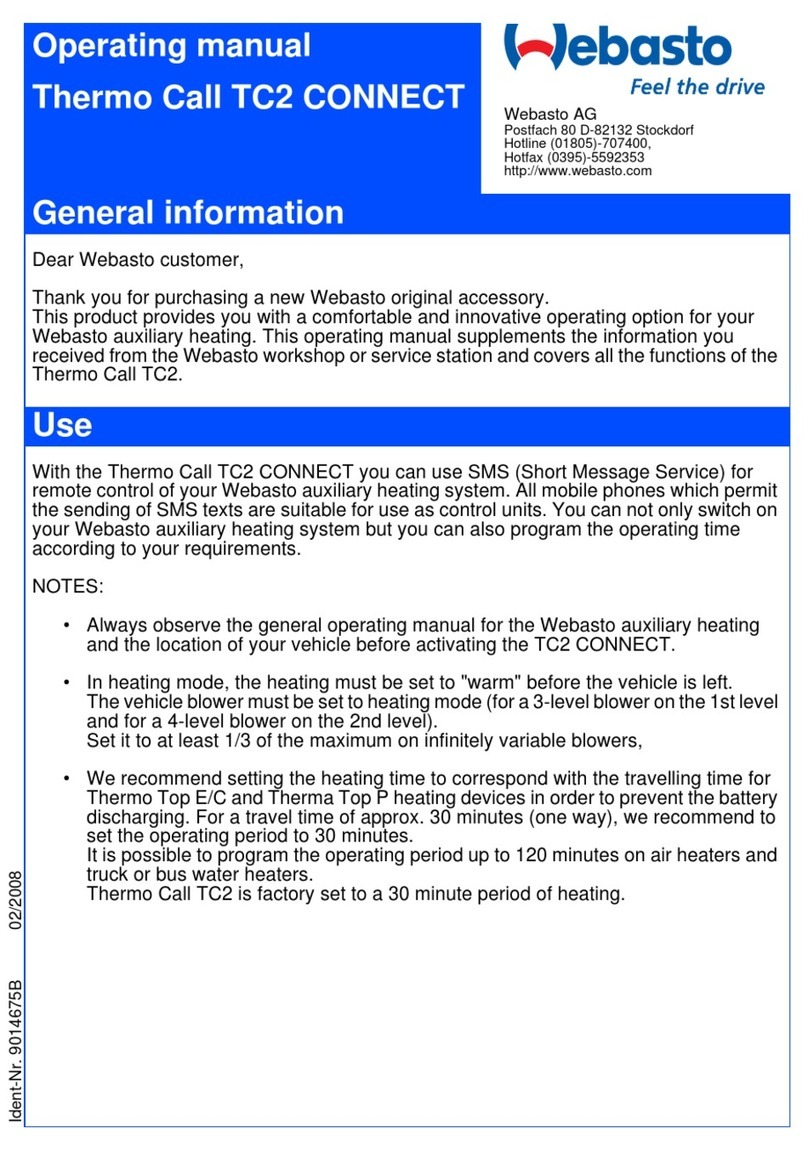
Webasto
Webasto Thermo Call TC2 COMFORT User manual
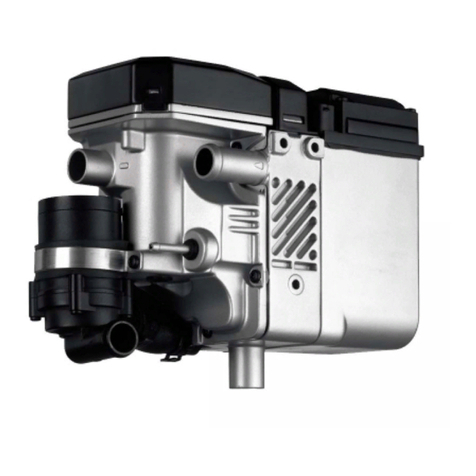
Webasto
Webasto Thermo Top E User manual

Webasto
Webasto Air Top 2000 STC User manual
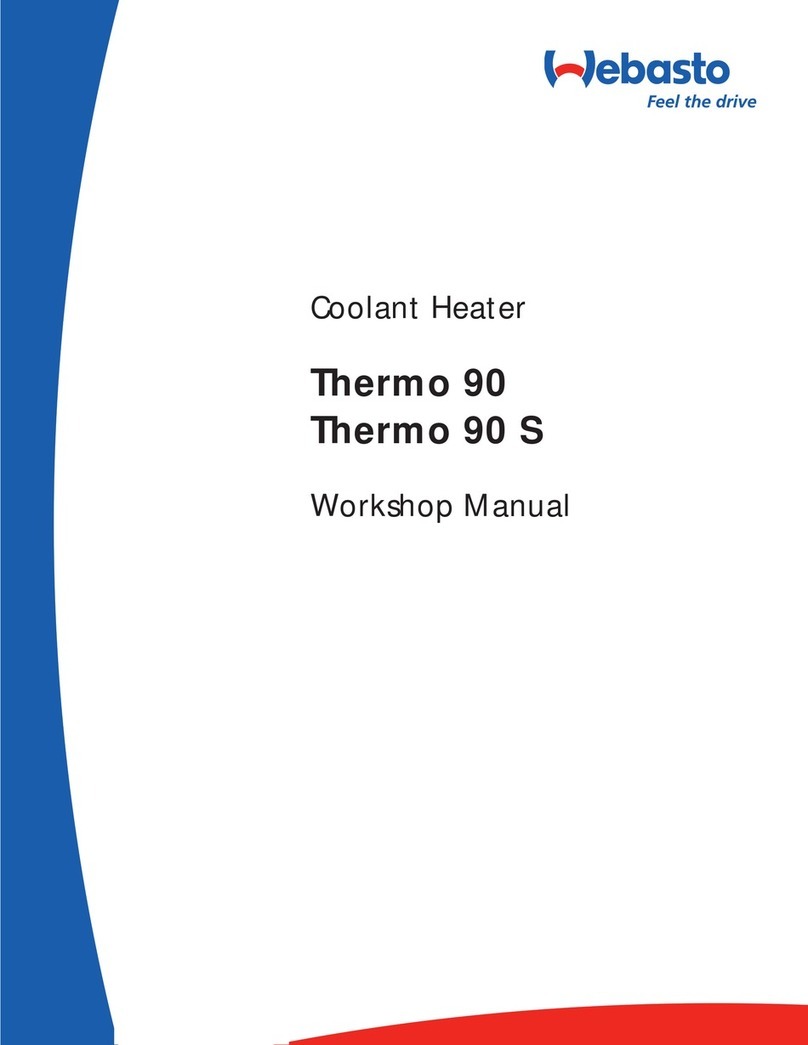
Webasto
Webasto Thermo 90 Instruction manual
Popular Heater manuals by other brands

Porter-Cable
Porter-Cable PCXH80KT Operating instructions and owner's manual

Dyna-Glo
Dyna-Glo RA18LPDG user manual

Dimplex
Dimplex PLX050E instruction manual

EOS
EOS Herkules XL S120 installation instructions

Trebs
Trebs Comfortheat 99209 manual
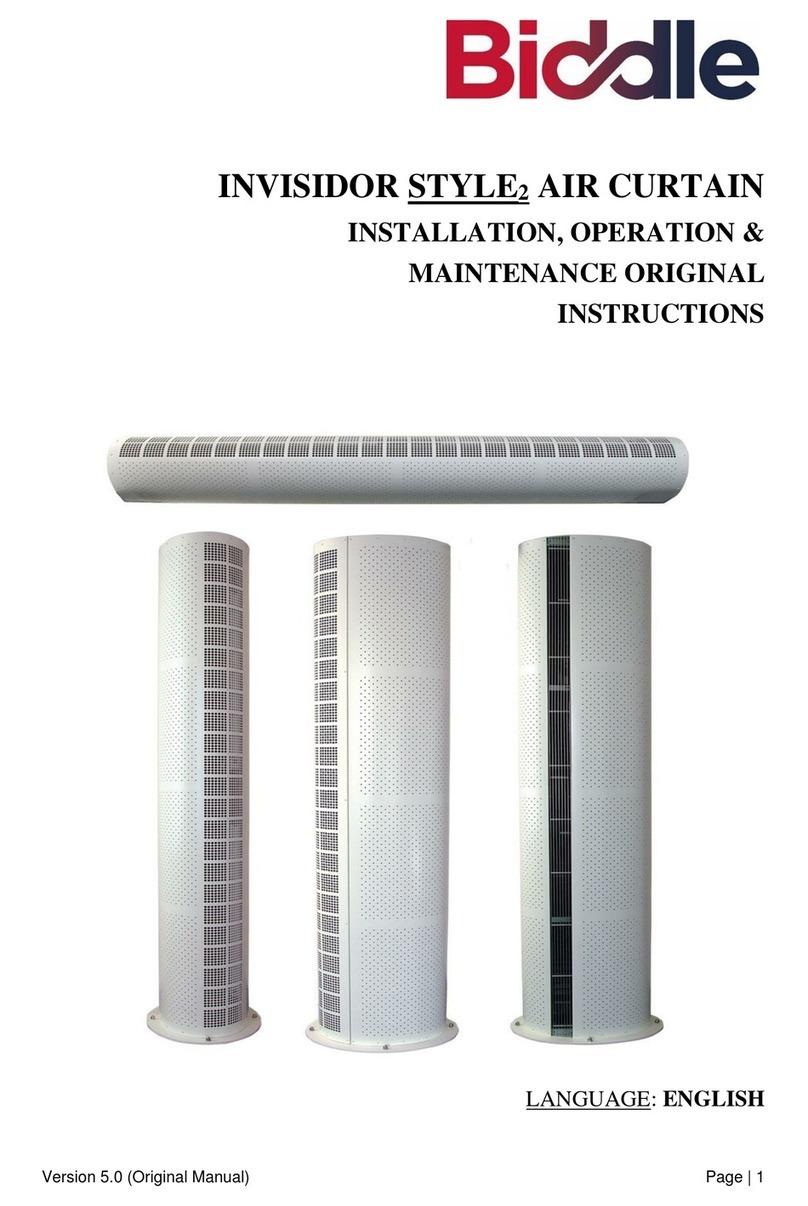
Biddle
Biddle STYLE2 Series Installation operation & maintenance
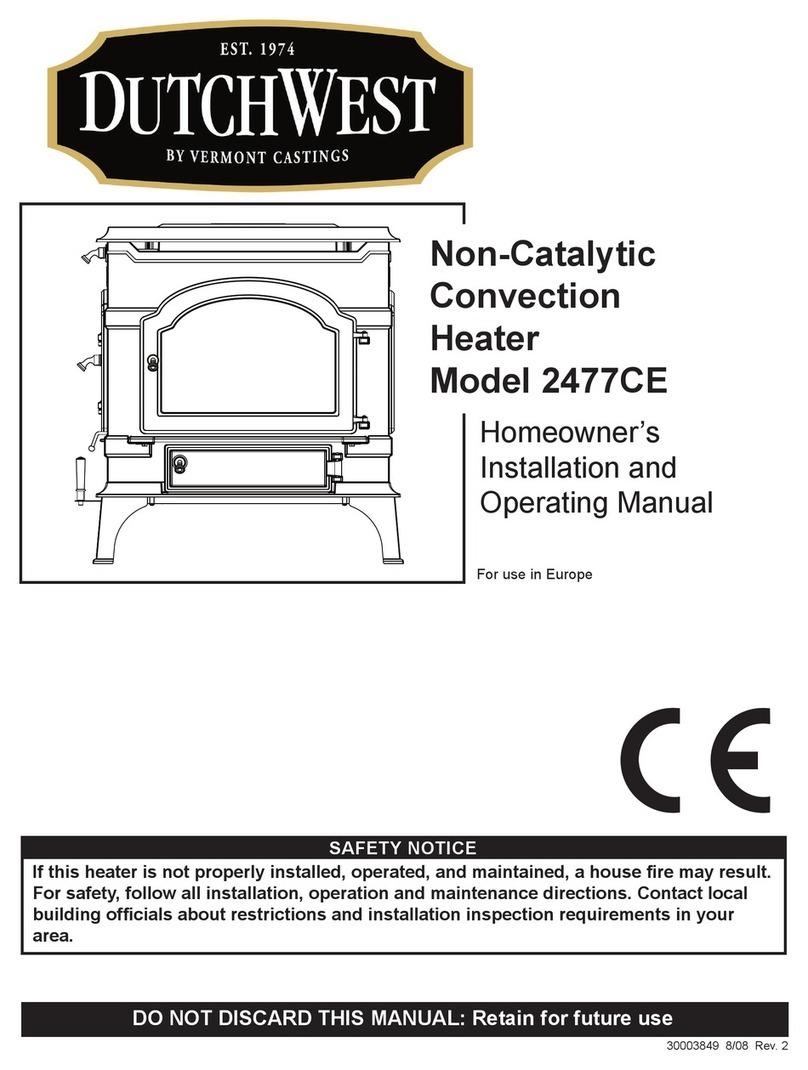
Vermont Castings
Vermont Castings Non-Catalytic Convection Heater 2477CE Installation and operating manual
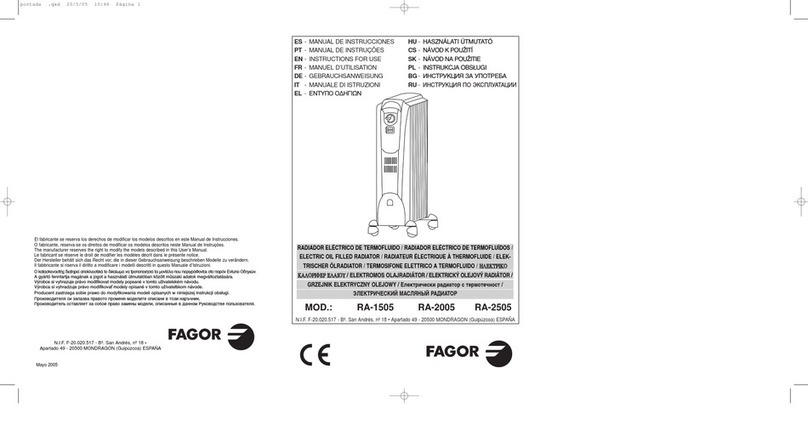
Fagor
Fagor RA-1505 Instructions for use
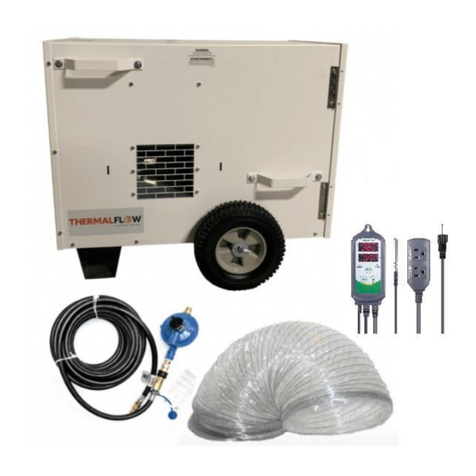
THERMAL FLOW
THERMAL FLOW Delta 175 Operating instructions manual

GET
GET G2CH instructions
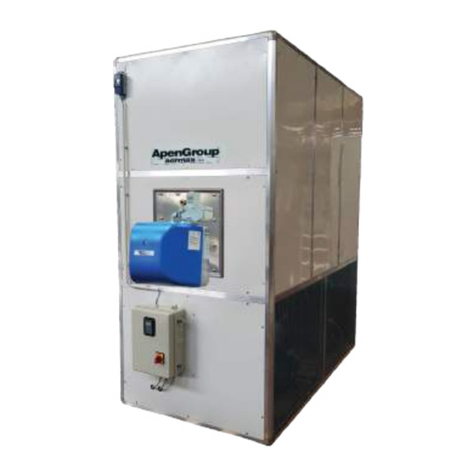
ApenGroup
ApenGroup PK Series User, installation, and maintenance manual

oventrop
oventrop Regucor Series quick start guide

Blaze King
Blaze King CLARITY CL2118.IPI.1 Operation & installation manual

ELMEKO
ELMEKO ML 150 Installation and operating manual

BN Thermic
BN Thermic 830T instructions

KING
KING K Series Installation, operation & maintenance instructions

Empire Comfort Systems
Empire Comfort Systems RH-50-5 Installation instructions and owner's manual

Well Straler
Well Straler RC-16B user guide
